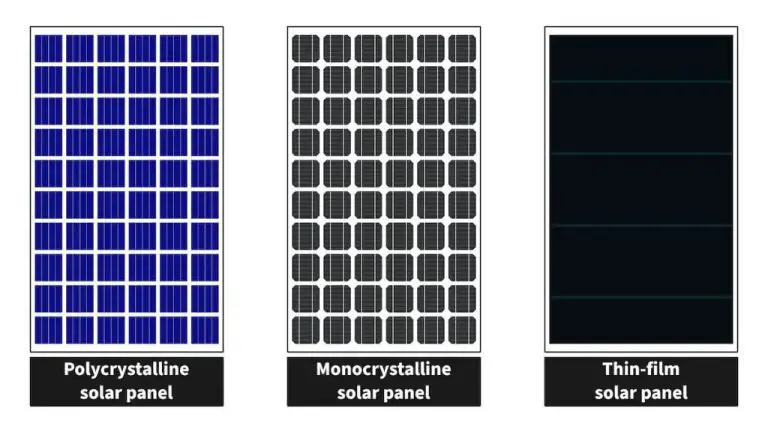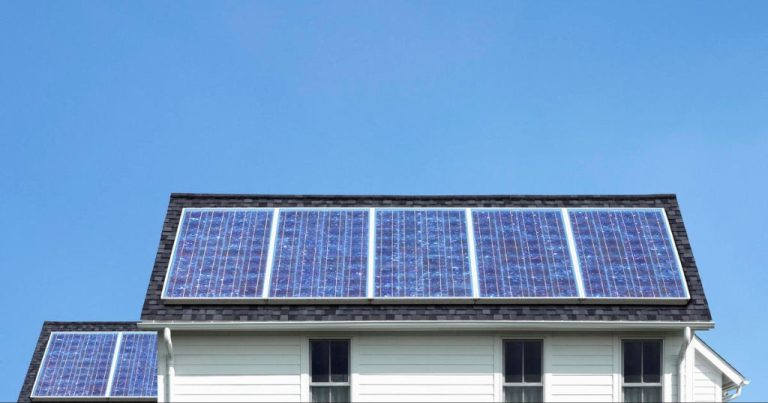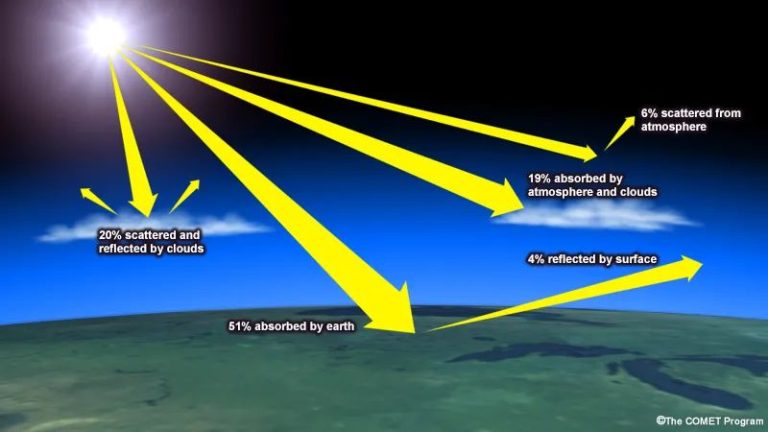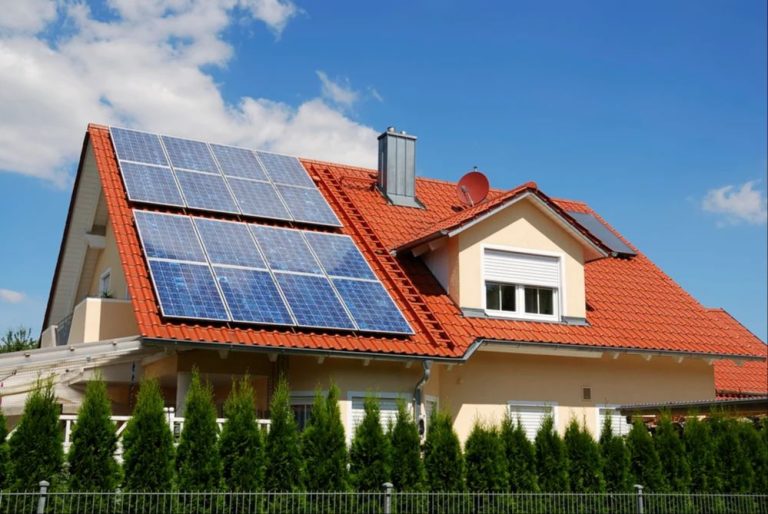Is Renewable Energy Actually Renewable
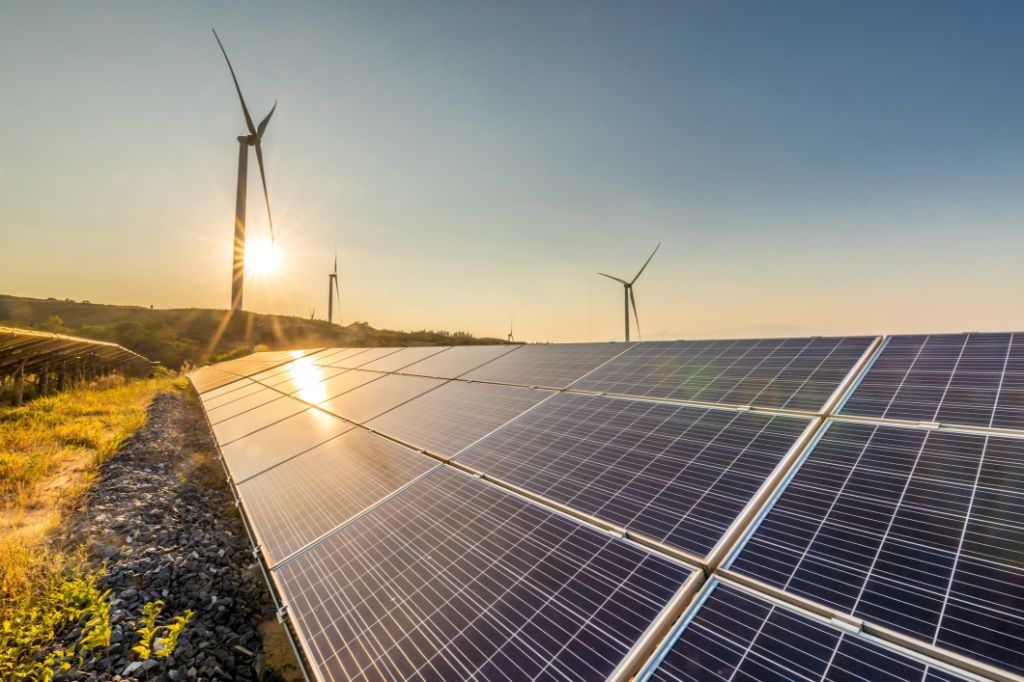
Renewable energy sources refer to sources of energy that can be naturally replenished on a human timescale such as sunlight, wind, rain, tides, waves, and geothermal heat. They are important because unlike fossil fuels, which are finite resources, renewable sources can be continually replenished and do not emit greenhouse gases that contribute to climate change. According to the U.S. Energy Information Administration, renewable energy accounted for about 12% of total U.S. energy consumption and about 20% of electricity generation in 2019. With climate change being one of the most pressing issues facing humanity today, there is a growing need to transition from fossil fuels to renewable energy sources in order to reduce greenhouse gas emissions and avoid potentially catastrophic climate impacts.
Popular Renewable Sources
There are several common renewable energy sources that are growing in popularity and adoption. Some of the most popular and widely used renewable sources include:
- Solar energy – Solar panels convert sunlight into electricity. Solar energy can be used to generate electricity in homes, businesses, and power grids (Nationalgrid.com, 2022).
- Wind energy – Wind turbines capture kinetic energy from wind and convert it into mechanical power or electricity. Wind power is increasingly being used for electricity generation (Nationalgrid.com, 2022).
- Hydroelectric energy – Hydropower plants capture energy from flowing water to generate electricity. Reservoirs store water that is released to turn turbines and generate power (Inspirecleanenergy.com, n.d.).
- Geothermal energy – Geothermal power plants use hot water or steam from under the earth’s surface to spin turbines and generate electricity (Inspirecleanenergy.com, n.d.).
- Biomass energy – Biomass converts organic matter like plants, wood, and waste into fuel and electricity through processes like combustion, fermentation, and gasification (Linkedin.com, n.d.).
These renewable sources provide clean alternatives to fossil fuels and enable the generation of electricity with lower carbon emissions. Many countries are ramping up investments in these technologies to transition towards renewable energy.
Renewability Factors
Renewable energy sources depend on natural processes or cycles that are continuously replenished. The key factors that determine the renewability of an energy source are its rate of replenishment and long-term sustainability.
The rate of replenishment refers to how quickly a resource is renewed compared to how fast it is being consumed. For example, sunlight can be considered renewable because the sun continuously produces an enormous amount of energy, while our rate of consumption is miniscule in comparison. On the other hand, fossil fuels take millions of years to form naturally, so they are being depleted much faster than their rate of replenishment.
Sustainability considers whether we can continue harnessing an energy source long-term without depleting it or causing environmental damage. Sources like solar, wind and geothermal energy are highly sustainable if properly managed. Meanwhile coal, oil and natural gas are non-renewable because they exist in finite quantities and take eons to replenish once depleted. Furthermore, their extraction and use can damage ecosystems.
In summary, for an energy source to be truly renewable, it must have a fast rate of replenishment compared to its rate of consumption, with little to no environmental impacts from its ongoing harnessing. Evaluating these factors allows us to determine the renewability of various energy options.
Solar Energy
Solar energy is the conversion of sunlight into electricity using photovoltaic cells. These cells, commonly known as solar panels, consist of silicon-based semiconductors that absorb photons from sunlight and convert them into an electric current using the photovoltaic effect. The direct current from the solar panels is converted into alternating current using inverters for connectivity with the electrical grid or to directly power electrical devices.
Some key advantages of solar energy include being renewable and sustainable, producing no greenhouse gas emissions, and allowing decentralized, distributed power generation. Solar only works when the sun is shining though, so energy storage or grid interconnection is needed for overnight or cloudy day power.
While solar energy is renewable, some key disadvantages are that solar panel manufacturing has environmental impacts, and solar farms can take up significant land area. There are also debates around the return on investment for home solar panel systems. Overall, solar power is a rapidly growing renewable energy source that offers sustainability benefits but also has some limitations to consider.
Wind Energy
Wind energy harnesses the power of air flow through wind turbines to mechanically power generators for electricity. Wind turbines convert the kinetic energy in wind into electrical power that can be used for practical purposes.
Wind power is considered a renewable energy source because wind will continually replenish itself as long as the sun shines and the earth rotates. However, some argue that wind power may not be entirely renewable if deployed on a massive scale. There are concerns that extracting large amounts of wind energy could gradually slow down wind speeds and therefore the rate of replenishment (https://mobile.twitter.com/camiksinclair).
The pros of wind power are that it does not directly produce air pollution or greenhouse gases, it’s abundant and inexhaustible, and wind turbines can be built on existing farms or facilities. The cons are that wind is intermittent and variable, turbines can be noisy, expensive to construct, and pose threats to birds.
Hydroelectric Energy
Hydroelectric power comes from the energy of flowing water and is produced at hydroelectric dams. The fast-moving water contained in a reservoir behind the dam flows through turbines, causing them to spin. The mechanical power from the spinning turbines is converted into electricity by generators (U.S. Geological Survey).
Hydroelectric power is considered renewable since it is derived from the water cycle and the sun’s energy. However, some argue that large hydroelectric dams can have negative environmental impacts like fish migration obstruction and methane emissions from decomposing vegetation in reservoirs (Governing).
The advantages of hydroelectric power include its low operating costs since no fuel is needed, it’s longevity with dams lasting 50 years or more, and its ability to quickly adjust output to meet sudden spikes in demand. Disadvantages are the high upfront costs of dam construction, habitat destruction, and the large amount of land required for the reservoir (U.S. Geological Survey).
Geothermal Energy
Geothermal energy is produced by harnessing the heat energy that exists naturally under the Earth’s surface due to the hot molten core. This heat can be accessed through geothermal reservoirs of steam or hot water that exist underground or from hot dry rocks that contain heat below the surface. Drilling methods are used to tap into these geothermal reservoirs in order to extract the steam or very hot water. This steam or hot water is then used to turn turbines connected to electricity generators, thus producing geothermal power.
Some of the pros of geothermal energy are that it provides constant and reliable baseload power that is not subject to weather variability, it has low emissions, and it uses very little land surface area compared to other renewable sources. However, the cons are that geothermal systems can be expensive to build and drill, there are limited viable locations for geothermal power plants globally, and some geothermal systems rely on water injection which can deplete natural reservoirs over time.
Despite these limitations, geothermal energy is considered renewable since the heat energy being harnessed originates from the Earth itself, which continuously produces heat from radioactive decay in the core. While geothermal reservoirs can potentially be depleted if extracted faster than their replenishment rate, geothermal energy is a sustainable resource if managed properly and not overdrawn (1). Overall, geothermal power provides a clean, renewable baseload energy source in areas where geothermal resources exist.
(1) https://www.americangeosciences.org/critical-issues/faq/why-geothermal-energy-renewable-resource-can-it-be-depleted
Biomass Energy
Biomass energy is derived from organic matter such as plants and animal waste. It’s considered a renewable energy source because the organic matter can be regrown over a relatively short period of time1. Sources of biomass include forests, agricultural waste, and garbage. The biomass is burned to generate electricity or converted into liquid biofuels such as ethanol and biodiesel.
Proponents argue that biomass is carbon-neutral because the carbon released during burning is recaptured when new biomass grows. However, some argue that the timeframe makes biomass less sustainable. Burning wood emits carbon immediately, while regrowing forests to recapture that carbon takes decades2. There are also concerns that increased demand for biomass could incentivize deforestation and divert organic matter from replenishing soils3.
Overall, biomass has the potential to provide renewable energy, but its sustainability depends on careful management of organic matter sources and consideration of timeframes to recapture carbon emissions.
Assessing Renewability
When assessing how renewable different energy sources are, it’s important to consider their replenishment rates and overall sustainability (Sources of Energy: A Comparison). Fossil fuels like oil, gas and coal are not considered renewable because they take millions of years to form, and we are using them much faster than they can be replenished. Renewable sources like solar, wind, geothermal and hydro energy are considered renewable because they come from ongoing natural processes like sunlight, wind, heat from the earth’s core, and the water cycle.
However, the renewability of these sources depends on how they are harnessed and the environmental impacts. For example, dams for hydroelectric power can disrupt ecosystems and fish migration patterns. Wind turbines need to be carefully sited to avoid harming birds and bats. Solar panels require materials like quartz that need to be mined. And geothermal sites can release harmful gases if not managed properly. So while renewable sources replenish faster than fossil fuels, they still need to be developed sustainably (Renewable Energy vs Sustainable Energy).
When comparing renewability, it’s also important to consider the lifetime of equipment for harnessing each energy source. Wind turbines may only last 20-25 years before needing replacement. Solar panels can last 25-30 years. Facilities like hydroelectric dams and geothermal plants can operate for 50 years or more. So the sustainability of renewable sources depends both on replenishment rates of the primary resource, as well as the lifespan of the equipment required.
Conclusion
In summary, renewable energy sources like solar, wind, hydroelectric, geothermal and biomass offer significant environmental benefits over fossil fuels. However, all energy sources require raw materials for construction and have limits on their renewability. Solar panels and wind turbines rely on finite minerals that must be mined. Dams and reservoirs alter local ecosystems. Geothermal sites can be depleted over time. Biomass competes for land and water resources. No energy source is perfectly renewable.
However, renewable sources are considered sustainable when properly managed because they can be replenished faster than they are consumed. The renewable label refers to the fuel source itself being sustainable, not the infrastructure. With prudent use of materials and siting choices, renewable energy can provide clean power indefinitely. Supporting policies are needed to mitigate renewability challenges. Overall, renewable energy offers a positive path to reducing fossil fuel dependence and minimizing environmental harm.

